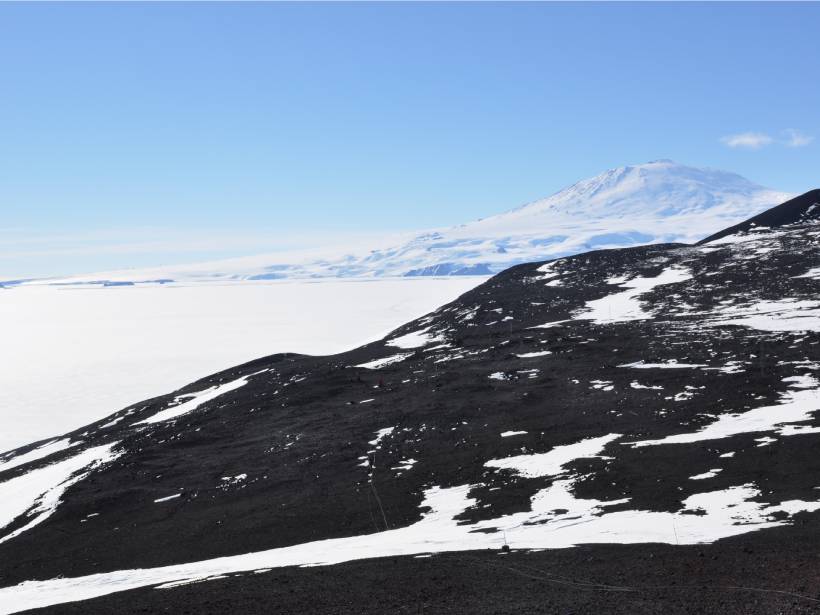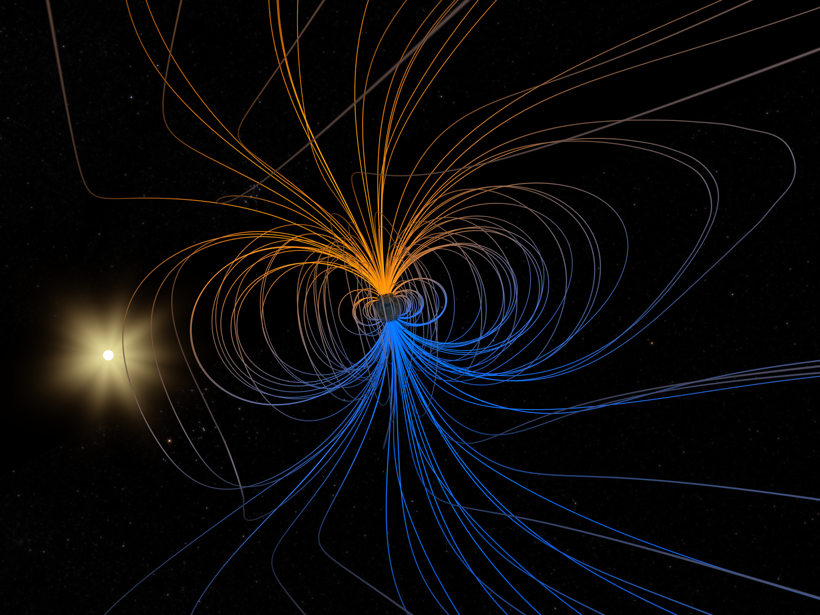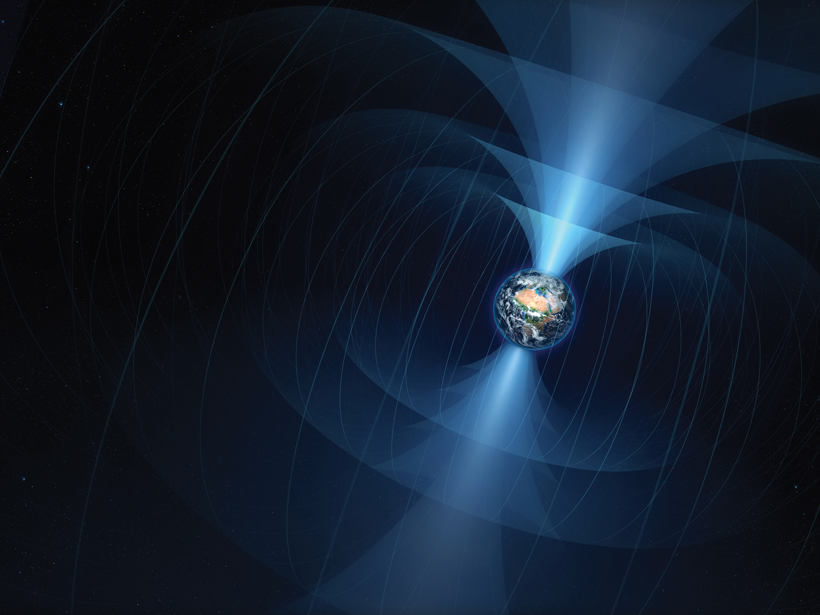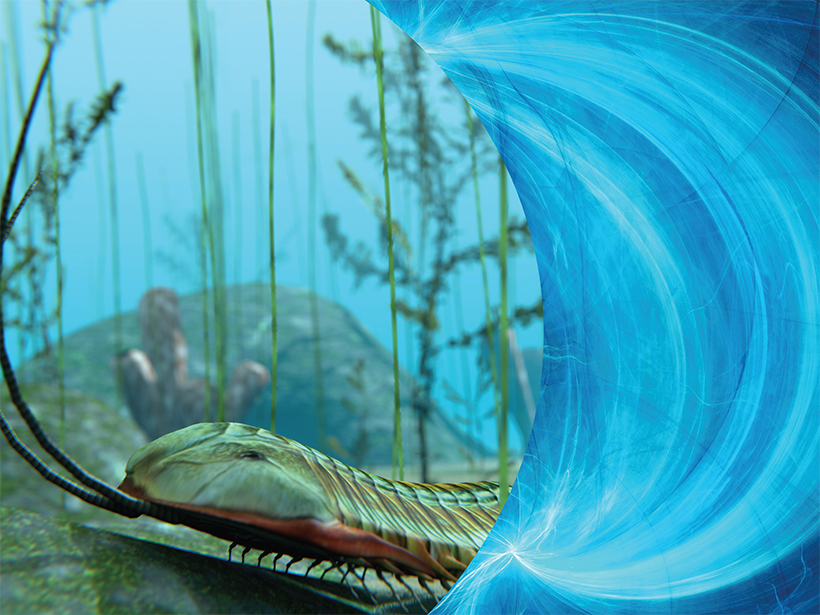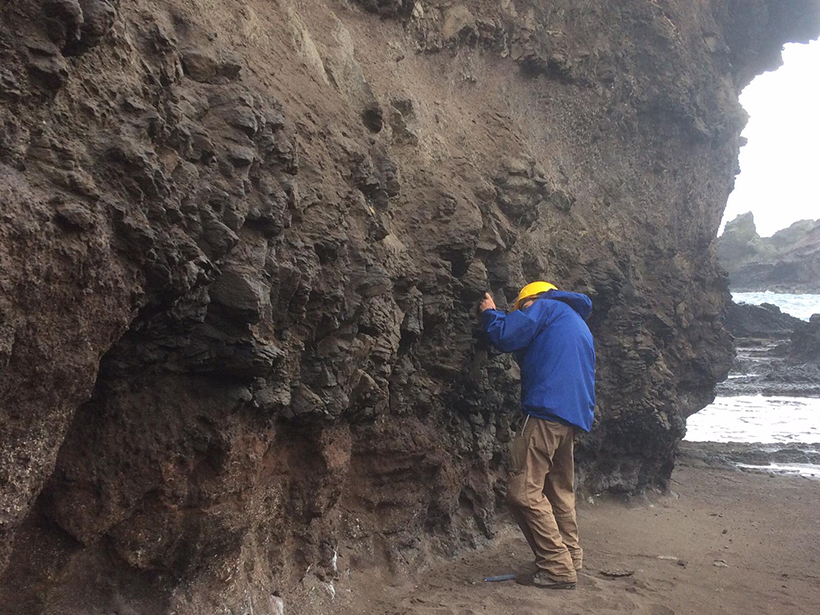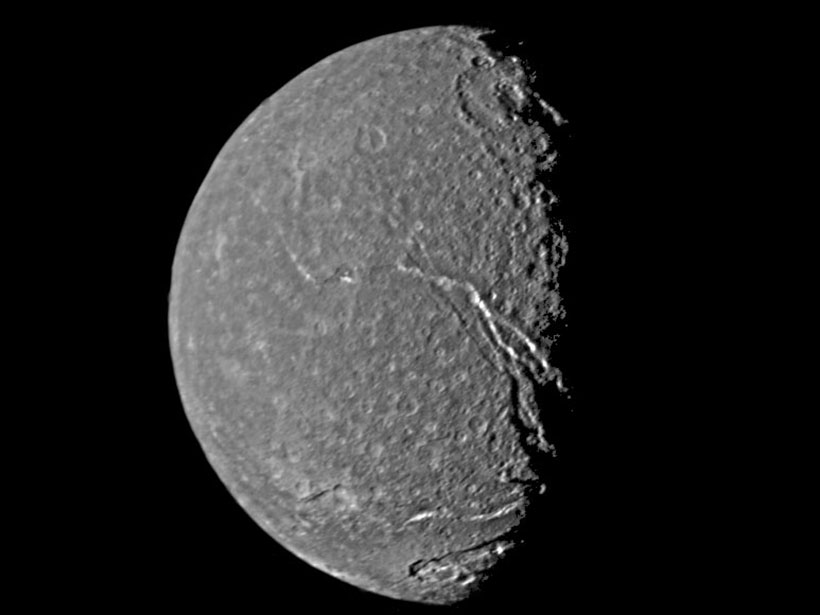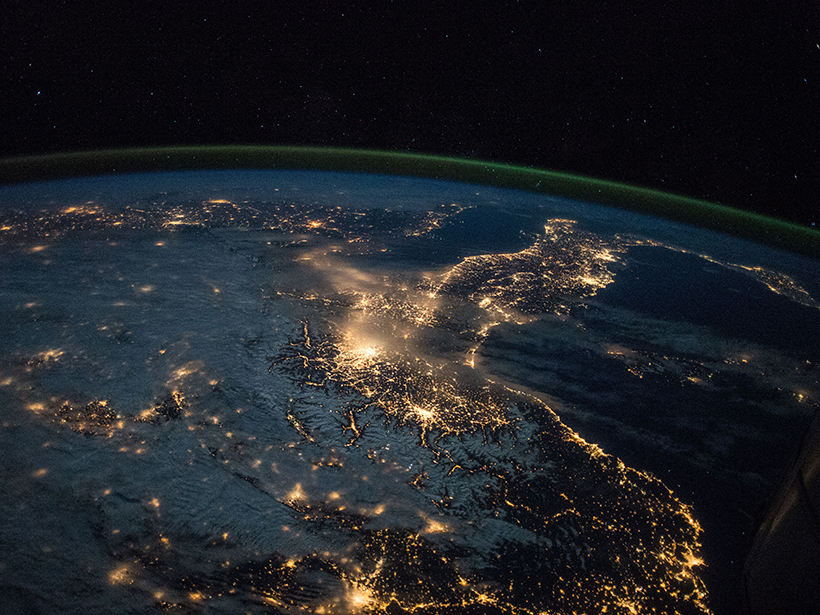A new analysis suggests that a widely accepted approximation of ancient magnetic field strength may be less accurate for the past 5 million years than previously thought.
magnetic fields & magnetism
Modeling Earth’s Ever-Shifting Magnetism
The World Magnetic Model, updated every 5 years through an international collaboration, supports numerous technologies that help us find our way.
The Wobbly Anomaly and Other Magnetic Weirdness
From the connection between Earth’s core and life on the surface, way out to the ends of the solar system, this month’s issue of Eos takes a look at the study of magnetic fields.
A Field Guide to the Magnetic Solar System
Not all planets move the needle. But whatever planet you take a magnetic compass to, it’s sure to point out clues to secrets underfoot.
The Herky-Jerky Weirdness of Earth’s Magnetic Field
Dented, erratic, and wandering, our field is constantly changing its mind.
Habitability and the Evolution of Life Under Our Magnetic Shield
Earth’s global magnetic field likely dates back billions of years and is a barrier against cosmic radiation. What roles has it played in the planet’s biosphere?
A Robust Proxy for Geomagnetic Reversal Rates in Deep Time
The strength of Earth’s magnetic field in the distant past can tell scientists whether the planet’s magnetic poles were steady or prone to frequent reversals.
Do Uranus’s Moons Have Subsurface Oceans?
Scientists tested whether a classic technique could detect subsurface oceans on the moons of Uranus. In this scenario, the planet’s oddball magnetic field offers a big advantage.
Earth’s Magnetic Field Holds Clues to Human History
Items burned in the sacking of ancient cities are time capsules of geomagnetic data.
Drivers of Upper Atmosphere Climate Change
New research confirms the influence of carbon dioxide on long-term temperature trends in the upper atmosphere, but changes in Earth’s magnetic field also play a key role.

